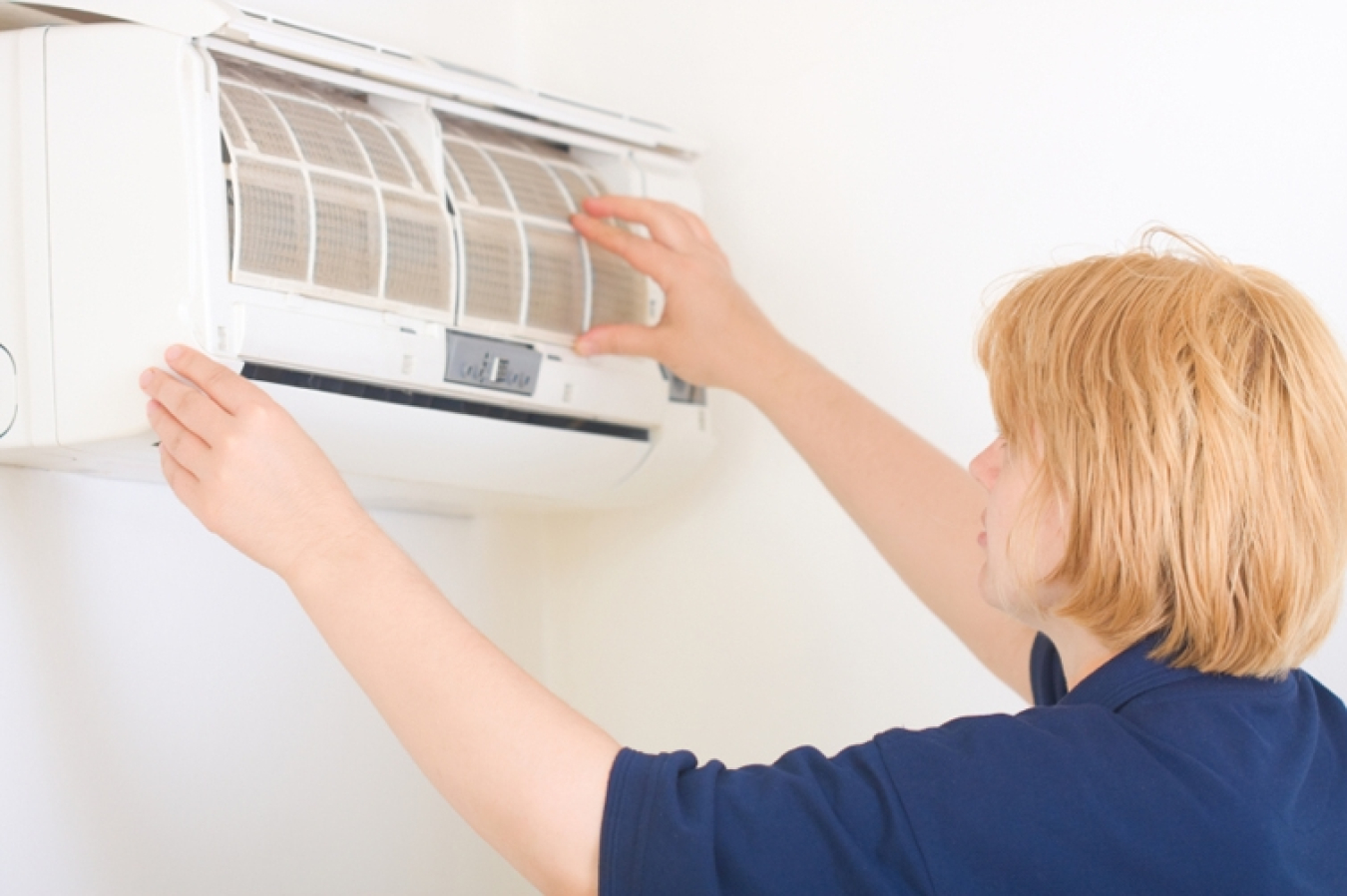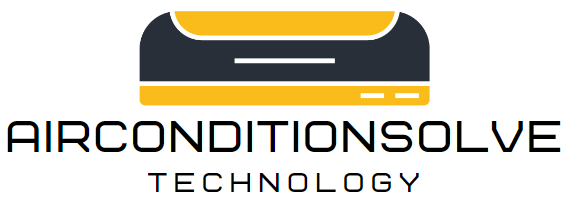As the temperatures rise, air conditioning becomes a crucial part of maintaining a comfortable and healthy indoor environment. However, to ensure that your air conditioning system operates efficiently and lasts for years to come, it is essential to adhere to air conditioning maintenance standards.
Why Are Maintenance Standards Important?
Following maintenance standards for your air conditioning system is vital for several reasons:
- Efficiency: Proper maintenance ensures that your air conditioner operates at its peak efficiency, keeping your energy bills in check.
- Durability: Regular maintenance can extend the lifespan of your air conditioning unit, saving you from costly replacements.
- Air Quality: A well-maintained air conditioner helps in improving indoor air quality by reducing dust, allergens, and pollutants.
- Preventing Breakdowns: By adhering to maintenance standards, you can catch and address small issues before they escalate into major breakdowns, saving you from uncomfortable situations during extreme weather.
Understanding Air Conditioning Maintenance Standards
So, what exactly do air conditioning maintenance standards entail? Let’s delve into the essential components:
Regular Filter Replacement
One of the most critical aspects of air conditioning maintenance is regular filter replacement. Clogged and dirty filters can restrict airflow, reducing the system’s efficiency and potentially causing damage. It is recommended to inspect and replace filters every 1-2 months, especially during peak usage periods.
Coil Cleaning
The evaporator and condenser coils in your air conditioner collect dirt over time, impacting the unit’s ability to absorb and release heat. Regular coil cleaning is necessary to maintain proper heat transfer and ensure the system operates optimally.
Checking Refrigerant Levels
Refrigerant is vital for the cooling process, and insufficient levels can indicate a leak or an improperly functioning system. Maintaining the correct refrigerant level is crucial for the system to operate efficiently while preventing potential damage to the compressor.
Inspecting And Lubricating Moving Parts
Proper lubrication of the system’s moving parts can reduce friction and wear, ultimately extending the life of the components. Regular inspection and lubrication of motors, bearings, and other moving parts are essential for the smooth operation of the air conditioner.
Thermostat Calibration
Calibrating the thermostat ensures that your air conditioning system keeps your indoor space at the desired temperature. A properly functioning thermostat is key to maintaining a comfortable environment and optimizing energy usage.

Credit: www.energy.gov
Professional Maintenance vs. DIY Maintenance
While some aspects of air conditioning maintenance can be performed by homeowners, it is advisable to have periodic professional maintenance to ensure comprehensive care for your system. Professional technicians have the expertise and tools to conduct thorough inspections, identify potential issues, and provide the necessary solutions.
- Checking electrical connections
- Measuring airflow
- Inspecting ductwork
- Calibrating thermostats
- Conducting a complete system performance check
By combining DIY maintenance, such as filter replacement and basic cleaning, with professional tune-ups at least once a year, you can ensure that your air conditioning system operates efficiently and maintains a longer lifespan.
Conclusion
Adhering to air conditioning maintenance standards is crucial for the optimal performance, longevity, and efficiency of your system. By staying proactive and following recommended maintenance practices, you can enjoy a cool and comfortable indoor environment while minimizing energy costs and potential repair expenses.
Remember, if you’re unsure of how to perform certain maintenance tasks or if you suspect issues with your air conditioner, it is always best to seek professional assistance to keep your system in top condition.
